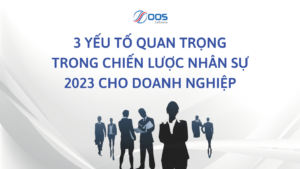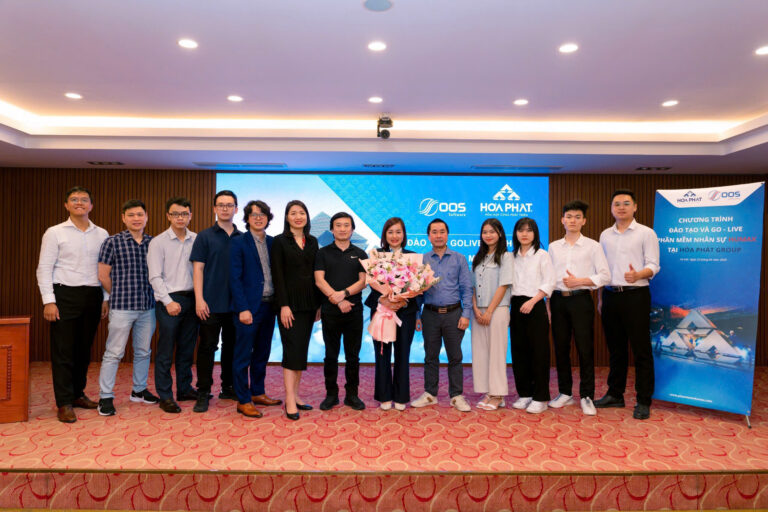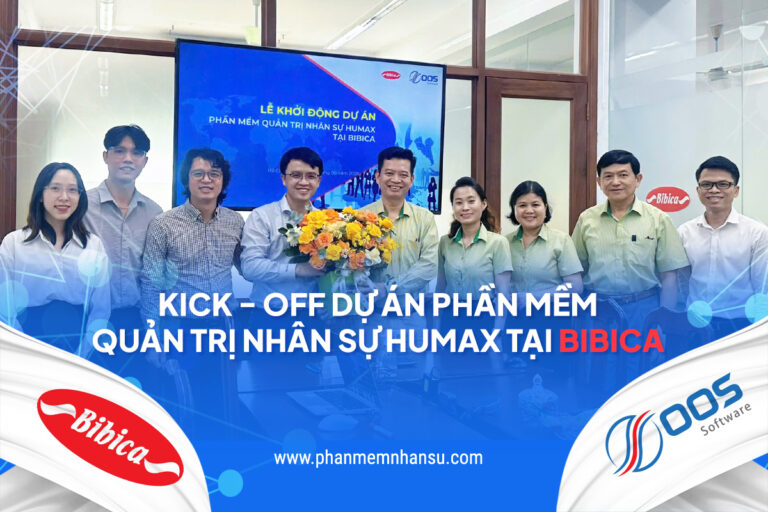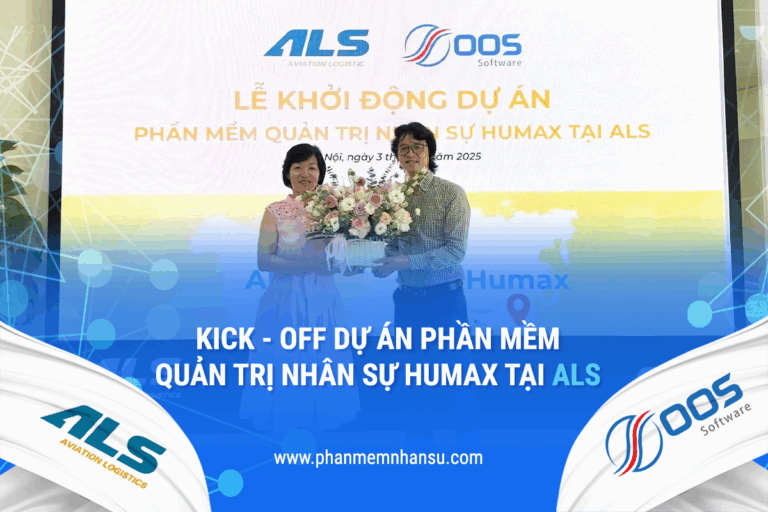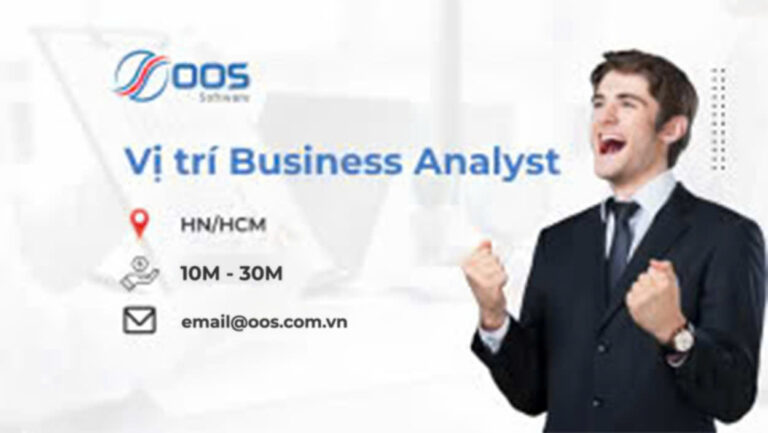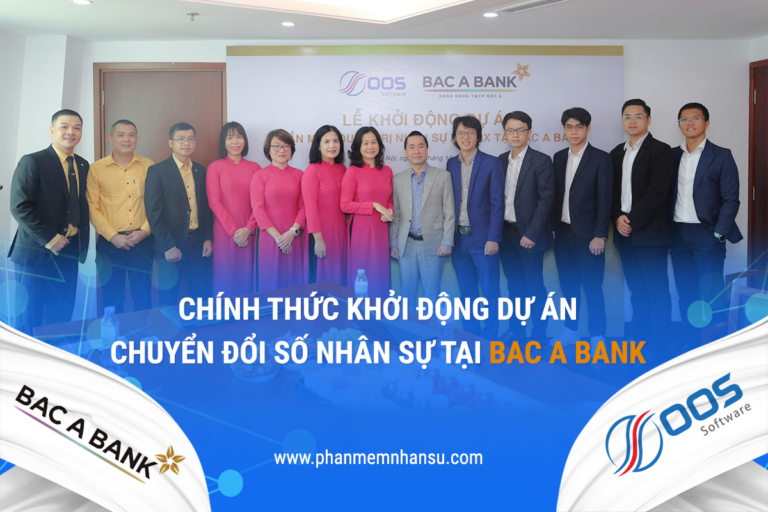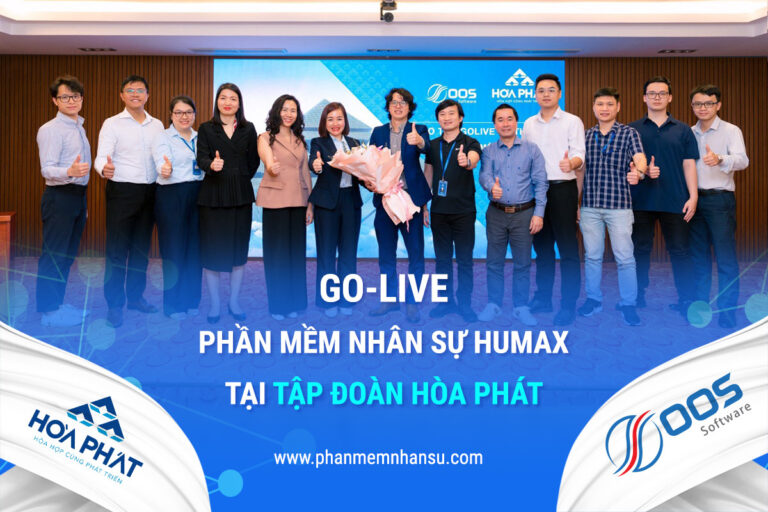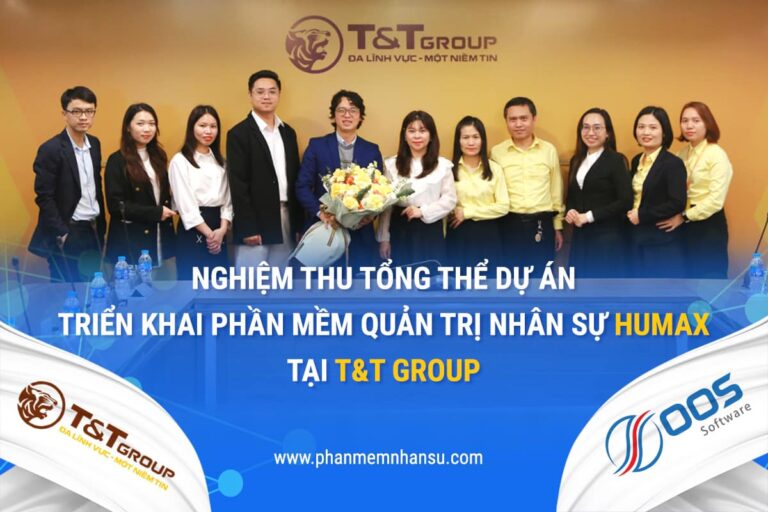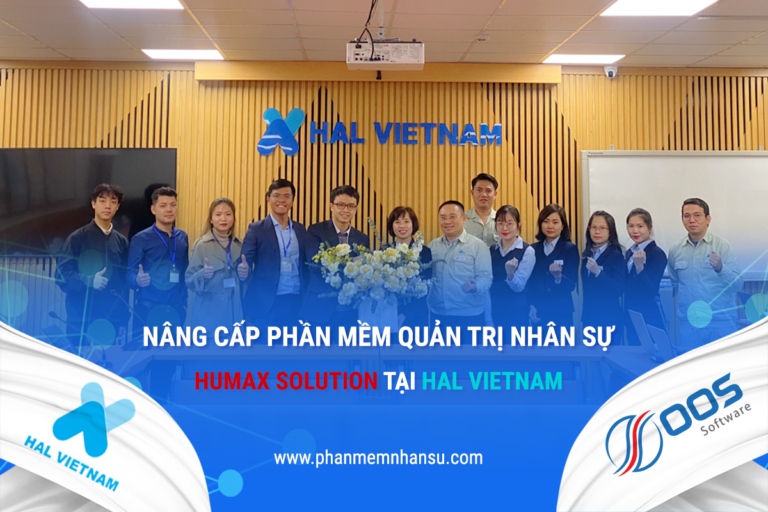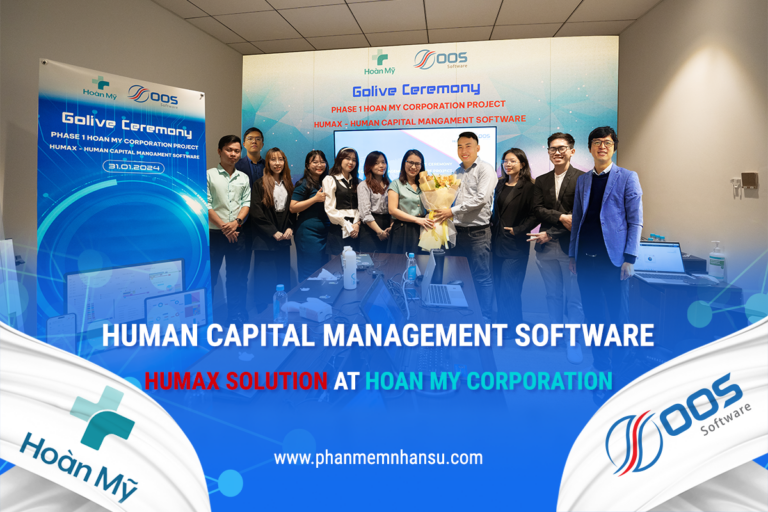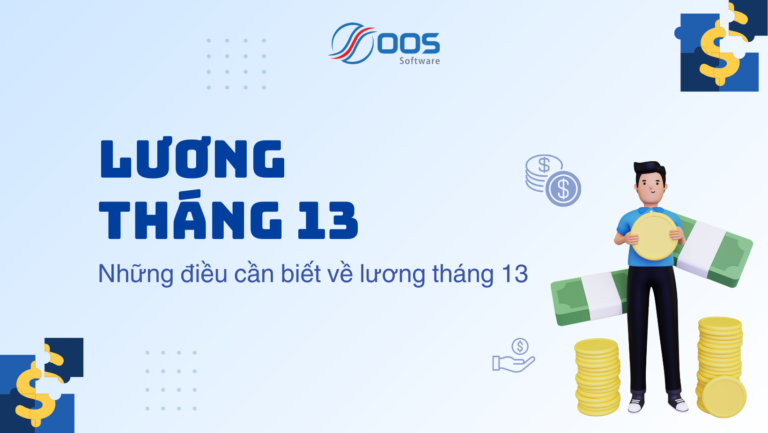I. What is HR strategy?
HR strategy is considered a long-term plan, campaign, outlining how an organization manages and develops its human resources to achieve its goals. Strategy involves identifying an organization's human resource needs and developing programs and policies to meet those needs.
II. The importance of HR strategy
The importance of HR strategy lies in its ability to align human resources with organizational goals. An effective HR strategy can help organizations attract, develop, and retain talented employees, which can positively impact overall performance and productivity. In addition, HR strategy can help organizations identify and address skills and competency gaps, develop plans, and foster a positive and inclusive workplace culture.
III. 3 important factors in HR strategy 2023
1. Lean: Strategy to optimize personnel costs
In fact, according to statistics of the Ministry of Labor, personnel costs are one of the largest costs that businesses have to bear. This cost accounts for 20% of total retail sales and other industries such as food, hotels 30-35% or up to 50%.
Human resource costs are always an investment that consumes a lot of a business's budget. Unlike the costs for equipment, business operations, wages, etc., which can be calculated and predicted, personnel costs often appear as hidden costs.
Therefore, businesses need to constantly observe, monitor and make timely adjustments and cuts to avoid losing useless funds.
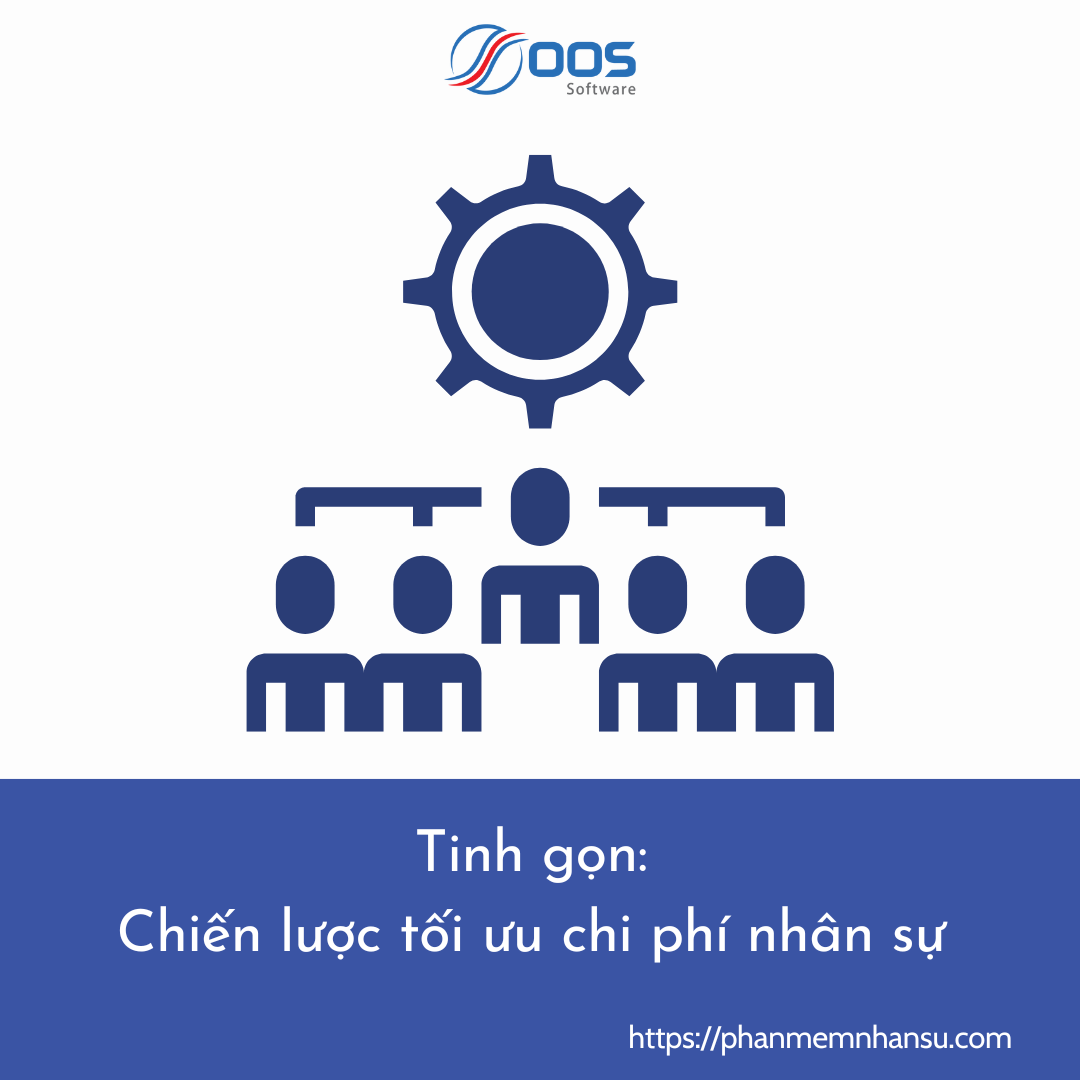
1.1. HR costs in the business
Personnel costs are an important component of a business' total business costs, as they relate to the costs associated with recruiting, training, compensation, and employee retention. However, managing HR costs can be a challenge, especially for small businesses with limited resources.
Some of the personnel costs that a business may incur include:
- Expense recruitment: Optimizing recruitment costs includes costs related to posting ads, screening resumes, conducting interviews and recruiting candidates. Recruitment costs may also include buddy bonuses and employer fees.
- Expense onboard: Costs incurred when bringing a new employee into the company, such as orientation and training costs, as well as costs associated with providing equipment and setting up system access.
- Offboard costs: This includes expenses related to the termination of an employee's employment. Offboard costs can include severance pay, unemployment insurance, legal costs, and other related costs.
- Training costs: Includes costs associated with training employees in new skills, tools, or processes. Expenses related to training employees to do their jobs. This may include costs for materials, trainers, and facilities, as well as any costs associated with travel and accommodation.
All in all, these staffing costs can add up quickly and can have a significant impact on a business' bottom line. Therefore, businesses need to carefully manage these costs to ensure that they are getting the most value from their investment in personnel. By focusing on cost-effective HR practices, businesses can ensure that their staffing costs are sustainable and contribute to the overall success of the organization.
1.2. Optimal solution for personnel costs
The optimal solution for human resource costs in the HR strategy for businesses will depend on many different factors such as the size and type of organization, industry and location. Businesses need to be able to:
- What is the recruitment cost for each channel? What does the cost for each channel include?
- Produce – Where to digitize and store data?
- Transfer – How to combine data that is fragmented in many places into one place?
- Mining – How to generate data reports?
However, here are some general solutions that can help businesses optimize HR costs while maintaining high-quality HR services:
- Outsource complex HR functions:
Consider outsourcing complex HR functions such as payroll processing, benefits management, and recruitment to specialized third-party vendors. This can help reduce costs by taking advantage of economies of scale and expertise, and freeing up internal human resources to focus on core HR functions.
- Automate HR processes:
Deploy HR technology solutions that automate repetitive HR tasks such as data entry, leave management, and tracking of wages and salaries. This can help improve HR efficiency, reduce errors, and free up human resources to focus on higher-value tasks.
- Conduct regular personnel checks:
Conduct regular HR audits to identify areas for improvement, inefficiencies, and cost savings opportunities. This can help optimize HR processes and reduce costs by eliminating redundant or unnecessary HR activities.
- Flexible working form:
Flexible forms of work such as teleworking, part-time work or work sharing reduce the need for office space and other associated costs. This can help attract and retain employees who value work-life balance and flexibility.
- Invest in employee development:
Investing in employee development and training can help improve employee retention, reduce turnover costs, and increase productivity. Providing employees with the opportunity to learn and develop their skills can also lead to a more engaged and motivated workforce.
- Develop a comprehensive HR strategy:
Developing a comprehensive HR strategy aligned with business goals can help prioritize HR initiatives and allocate resources more efficiently. This can help ensure that HR costs are allocated to the most critical HR functions that drive business success.
In general, the optimal solution for human resource costs in the HR strategy for enterprises is to find a balance between cost-saving methods and high-quality HR services that meet the needs of the organization and its employees. labor.
2. Elite: Strategy to optimize HR performance
To optimize HR performance, it is important to consider the various aspects that contribute to a successful and sustainable organization.
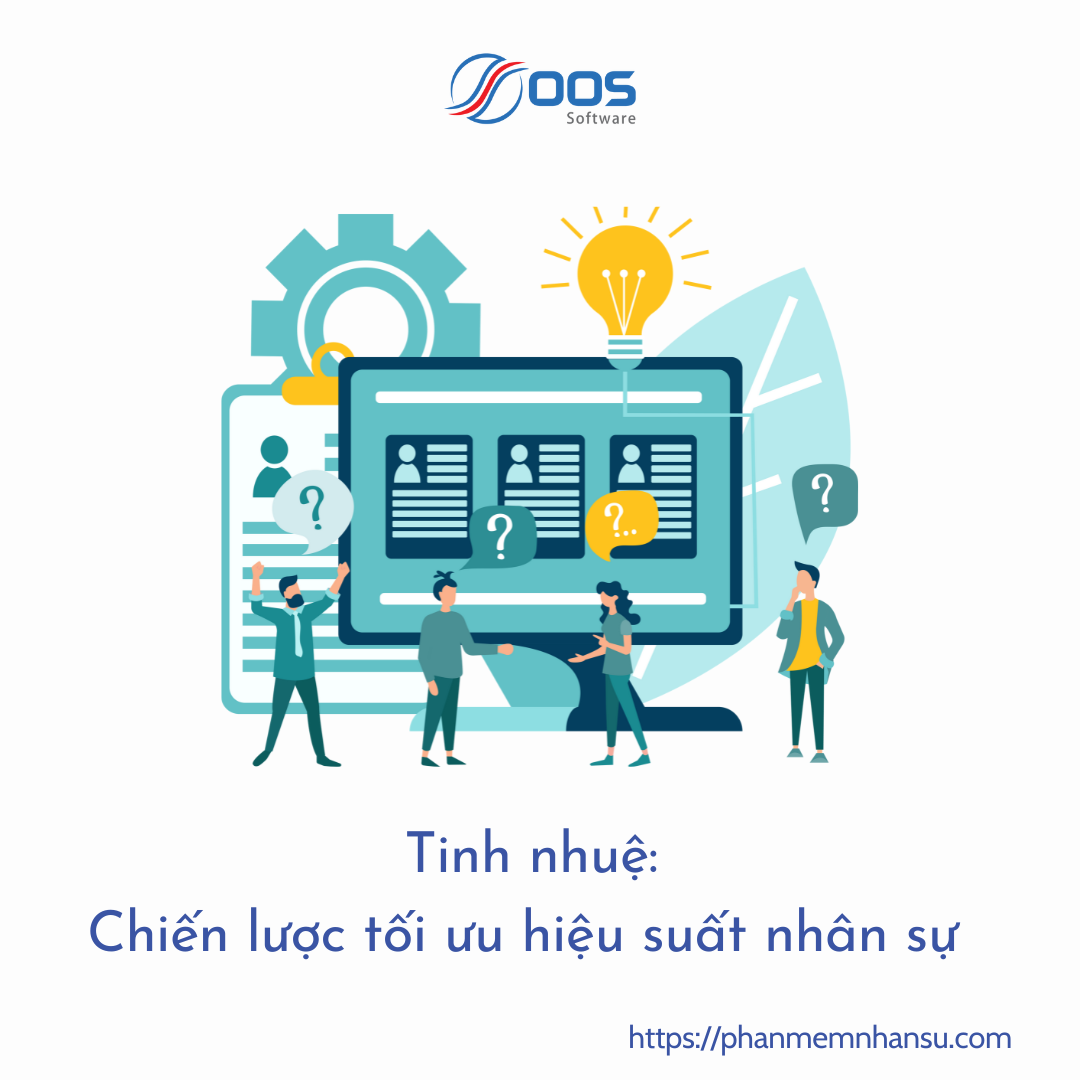
2.1. Employee aspect
- Hire the right people: Invest in recruiting processes that help identify the right candidates who fit the company culture, and have the right skills and experience.
- Encourage growth: Provide opportunities for employees to mature and develop their skills through training and development, mentoring and coaching programs.
- Building a positive work environment: Creating a healthy, inclusive, supportive and promoting work environment for all employees.
- Encourage feedback and communication: Encourage employees to provide feedback and communicate regularly with their managers and colleagues to help identify areas for improvement and address any concerns. problem.
- Offer competitive wages and benefits: Ensure that employees are paid fairly and receive benefits that match their needs and expectations.
2.2. Business aspect
- Align HR with business goals: Ensure that HR policies and procedures align with overall business strategy and goals.
- Develop HR performance management systems: Implement performance management systems that help identify and reward excellent performers, provide regular feedback, and address poor performance.
- Foster a culture of innovation: Encourage innovation and creativity by providing employees with opportunities to collaborate, experiment, and take calculated, predictable risks..
- Build Effective Teams: Build and maintain teams that work well, work well together, stay motivated, and achieve their goals.
- Emphasize employee engagement: Focus on employee engagement to improve employee engagement, increase productivity, and build a strong organizational culture.
2.3. Environmental aspects
- Emphasis on sustainability:
Integrate sustainability into HR practices by implementing policies and practices that reduce waste, conserve energy, and promote sustainable practices.
- Provide a quality working environment for employees:
Provide an environment with complete infrastructure, machinery and equipment to best serve the job. Besides, this is also a place full of positive energy, always promoting the development of employees and making employees feel safe and comfortable to devote themselves to the business.
- Encourage eco-friendly activities:
Encourage employees to adopt environmentally friendly practices in the workplace, such as reducing paper use, using energy-efficient equipment, and recycling. Educate employees on the importance of environmental sustainability and the impact of their actions on the environment.
3. Flexibility: HR system transformation strategy
The goal of this transformation is to create a flexible and responsive HR system that supports company goals and helps drive business success.
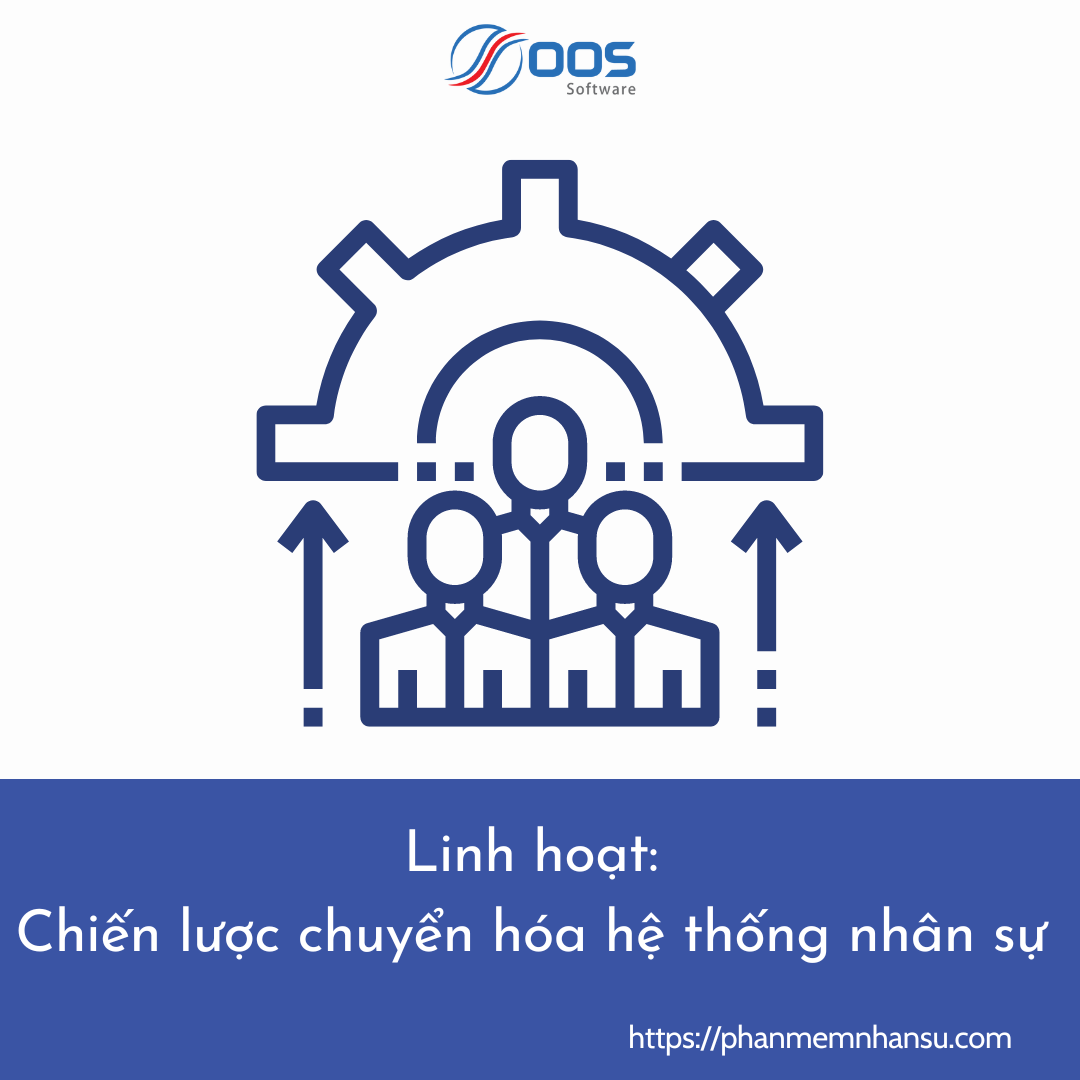
3.1. Why do businesses need to transform? (Why)
During the 2 years of the Covid pandemic, businesses were constantly struggling and facing difficulties in business activities. That is also when the technology shift takes the throne, businesses are forced to transform their human resources systems to keep up with market trends such as: Online working environment, remote work, hybrid work, office digital work, job management applications, documents in the form of e-forms, e-commerce floor booths instead of offline stores, etc.
It can be seen that, by being flexible to adapt to changes, businesses have:
- Keep up with changing workforce demographics and employee expectations.
- Improve the efficiency and effectiveness of HR processes.
- Align HR activities with business strategies.
- Enhance employee experience and drive employee engagement.
3.2. Metabolic Barriers (What)
Barrier 1: Retaining talent with limited resources
Strategies to transform HR systems can require significant investments of time, money, and people. Without sufficient resources, it can be difficult to implement changes effectively. Even many businesses, because they want to cut costs, have implemented policies to reduce employees' salaries and benefits.
Therefore, how to both retain talent and smoothly transform the human resource system is always a difficult problem for administrators. Enterprises should review the allocation and quality of resources, quality factors should continue to invest, should not invest in spread, avoid waste.
Barrier 2: Aligning employee performance with business results
The salary part of each employee will normally include the hard salary, allowances and bonuses. The fact that many businesses cut the hard salary, increase the indicators of benefits and bonuses, has aroused dissatisfaction among employees, because the hard salary is a sure guarantee for the employees' lives.
However, businesses should explain to employees that this necessary adjustment is necessary for the business. And businesses can reduce the hard salary of employees, but in return, increase allowances and bonuses for them to balance income for employees.
Barrier 3: Optimizing training budget.
To overcome these barriers, businesses may need to develop a comprehensive change management plan that ensures strong leadership support, invests in the necessary resources, and communicates value. of personnel transformation for all stakeholders. It is also possible to prioritize initiatives based on feasibility and impact on resources, and break larger initiatives into smaller, more manageable projects.
3.3. Some principles when transforming the human resource system (How)
When transforming the human resource system, to ensure a smooth process and limit risks, there are a few key principles that businesses should consider:
- Define clear goals: Set clear goals and strategies for the HR transformation initiative and ensure that they align with the organization's overall business strategies.
- Focus on employee experience: Prioritize employee experience throughout the transition and ensure that the HR process is designed to enhance employee engagement and satisfaction.
- Adopt technology: Using technology to automate HR processes and improve data analytics and reporting can help increase efficiency and improve decision-making.
- Continuous improvement: Capture market trends for continuous improvement, and regularly review and evaluate HR activities to ensure that they remain relevant and effective over time.
Overall, a flexible HR transformation strategy can help businesses stay competitive and adapt to changing market conditions. By following key principles and addressing potential barriers, companies can successfully transform their HR functions to better support business goals and enhance the employee experience. pellets.
OOS Software has more than 15 years of research and development, is a reliable partner to support human resource management, accompanies many large enterprises and corporations in the market. Contact now to get advice on Recruitment Software for your Business.
